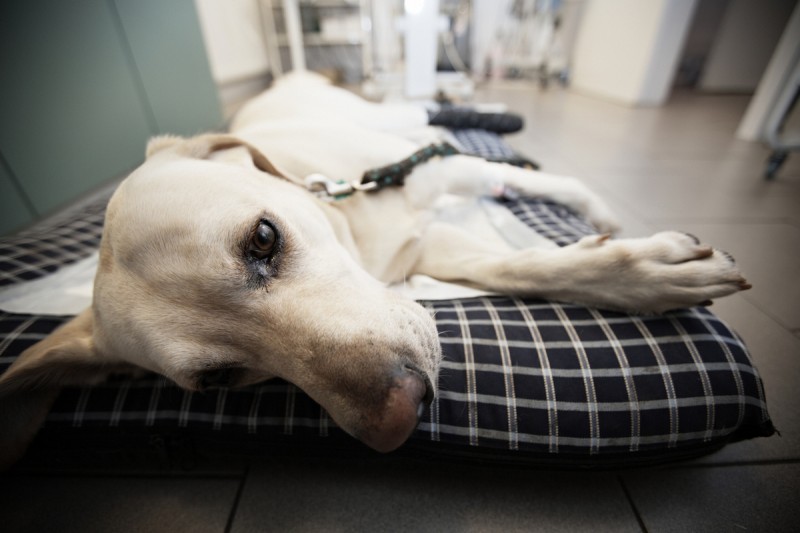- Region
- Águilas
- Alhama de Murcia
- Jumilla
- Lorca
- Los Alcázares
- Mazarrón
- San Javier
-
ALL AREAS & TOWNS
- AREAS
- SOUTH WEST
- MAR MENOR
- MURCIA CITY & CENTRAL
- NORTH & NORTH WEST
- TOWNS
- Abanilla
- Abarán
- Aguilas
- Alamillo
- Alcantarilla
- Aledo
- Alhama de Murcia
- Archena
- Balsicas
- Blanca
- Bolnuevo
- Bullas
- Cañadas del Romero
- Cabo de Palos
- Calasparra
- Camping Bolnuevo
- Campo De Ricote
- Camposol
- Canada De La Lena
- Caravaca de la Cruz
- Cartagena
- Cehegin
- Ceuti
- Cieza
- Condado de Alhama
- Corvera
- Costa Cálida
- Cuevas De Almanzora
- Cuevas de Reyllo
- El Carmoli
- El Mojon
- El Molino (Puerto Lumbreras)
- El Pareton / Cantareros
- El Raso
- El Valle Golf Resort
- Fortuna
- Fuente Alamo
- Hacienda del Alamo Golf Resort
- Hacienda Riquelme Golf Resort
- Isla Plana
- Islas Menores & Mar de Cristal
- Jumilla
- La Azohia
- La Charca
- La Manga Club
- La Manga del Mar Menor
- La Pinilla
- La Puebla
- La Torre
- La Torre Golf Resort
- La Unión
- Las Palas
- Las Ramblas
- Las Ramblas Golf
- Las Torres de Cotillas
- Leiva
- Librilla
- Lo Pagan
- Lo Santiago
- Lorca
- Lorquí
- Los Alcázares
- Los Balcones
- Los Belones
- Los Canovas
- Los Nietos
- Los Perez (Tallante)
- Los Urrutias
- Los Ventorrillos
- Mar De Cristal
- Mar Menor
- Mar Menor Golf Resort
- Mazarrón
- Mazarrón Country Club
- Molina de Segura
- Moratalla
- Mula
- Murcia City
- Murcia Property
- Pareton
- Peraleja Golf Resort
- Perin
- Pilar de la Horadada
- Pinar de Campoverde
- Pinoso
- Playa Honda
- Playa Honda / Playa Paraíso
- Pliego
- Portmán
- Pozo Estrecho
- Puerto de Mazarrón
- Puerto Lumbreras
- Puntas De Calnegre
- Region of Murcia
- Ricote
- Roda
- Roldan
- Roldan and Lo Ferro
- San Javier
- San Pedro del Pinatar
- Santiago de la Ribera
- Sierra Espuña
- Sucina
- Tallante
- Terrazas de la Torre Golf Resort
- Torre Pacheco
- Totana
- What's On Weekly Bulletin
- Yecla


- EDITIONS:
 Spanish News Today
Spanish News Today
 Alicante Today
Alicante Today
 Andalucia Today
Andalucia Today
Filariosis, or heartworm, a preventable problem for dogs in Spain
Advanced filariosis transmitted by a mosquito bite causes heart failure and death in dogs
Filariosis is a disease which consists of a parasite breeding inside the arterial vessels of the host, and is transmitted by the bites of many kinds of mosquito, mainly affecting dogs although other animals are occasionally infected.
Due to its transmission by mosquito bites heartworm is generally thought of as a "summer disease", but in recent years as the spring and autumn temperatures have been higher the risk of infection has begun to be present almost all year round.
Once passed into the host by a bite from a female mosquito, the small Dirofilaria larvae start a subcutaneous migration of several weeks, until they reach the circulation which carries them to their main breeding place, the right heart chamber and the main lung artery. By this time they are starting to cause serious damage to the dog’s circulatory system, blocking the bloodstream, and in advanced cases this leads to heart failure and death.
Prevention
As with most diseases, prevention is far better than cure, and in the case of filariosis is relatively easy. There are several products on the market which are administered either topically or orally once a month between April and October, and these kill the infectious worm stages immediately after the mosquito bite, thus avoiding consequent problems.
Mosquito-repellent collars and sprays also decrease the risk of bites occurring in the first place.
Symptoms of Filariosis
Several months after infection, clinical symptoms occur, including chronic coughing, loss of energy, breathing difficulties, fever, expectoration of blood, anaemia, swelling of the hind legs, ascites (water in the abdominal cave), altered liver and kidney blood values and, in severe cases, a life threatening heart insufficiency.
Diagnosis
A microscopic examination of the patient’s blood sample often shows living worms, but if no worms are found a serological test gives a definite diagnosis.
Treatment
The success of treatment depends upon the stage of infection. Treatment before the appearance of heart insufficiency or oedemas is easy, consisting of two injections against the adult worms and an oral treatment against the larvae which infect the blood stream.
Advanced cases are very difficult to treat, requiring the surgical removal of the worms in the heart and lungs, followed by a month’s complete with special anticoagulant therapy. This is then followed by the anti-heartworm therapy described above.
The principal thing to remember with filariosis is that it is entirely preventable by administering oral preventative products to your pet which are sold across the counter at any veterinary clinic: ask your vet!




















